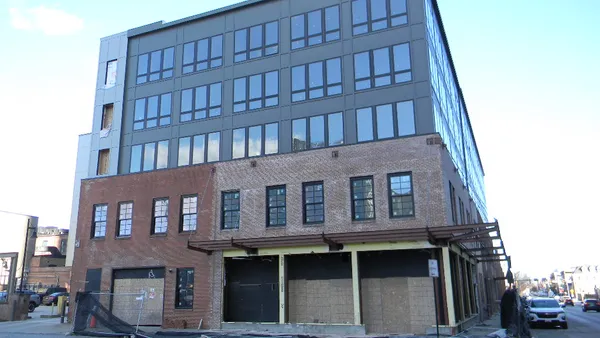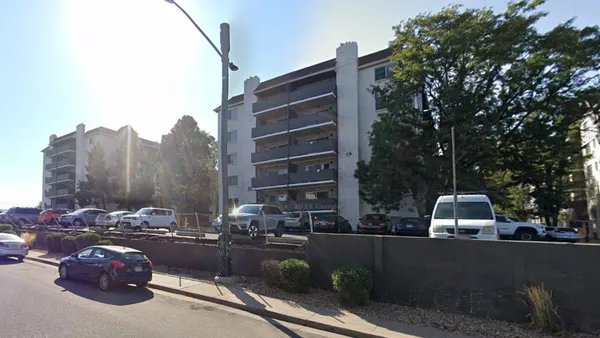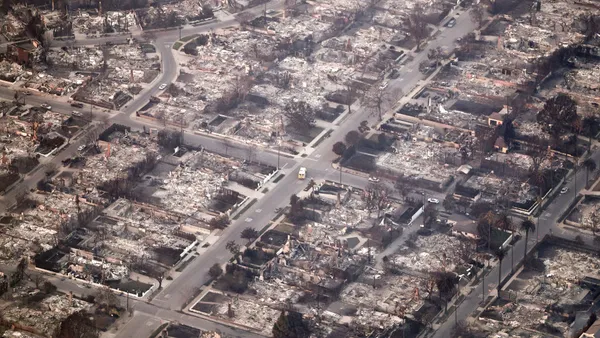For decades, local governments have financed affordable housing construction with municipal bonds to address the nationwide shortage of affordable housing. Now communities are turning to environmental, social and governance bonds — meant to finance socially- or environmentally-responsible projects such as renewable energy — to fund affordable housing.
Some recent city experiences suggest their predictability can attract investors. The fastest growing segment of ESG bonds is those funding affordable housing. In 2021, these bond issuances rose 288%, or $14.5 billion, accounting for more than three-quarters of the growth of the entire sustainable debt market, according to S&P Global Ratings.
Last year, Philadelphia sold $100 million in social bonds, a type of ESG bond, to fund an affordable housing initiative. San Francisco has sold millions in social bonds for affordable housing projects since at least 2019.
New York City sold its first social bonds this month, issuing $400 million in bonds to finance more than 3,000 units of affordable housing.
The city usually funds affordable housing projects through traditional municipal bonds. But when local officials realized they needed to fund several housing expenditures, they thought, “Why don’t we just group these together and issue ESG bonds — specifically social bonds?” said Marjorie Henning, the city’s deputy comptroller for public finance.
Although the projects met International Capital Market Association’s principles for social bonds, they weren’t more socially responsible than earlier affordable housing projects.
The main benefit of these bonds over others is that they attract a wider group of investors, and that’s exactly what happened with New York’s social bonds. People that don’t usually buy the city’s bonds purchased its social bonds, Henning said.
Investor interest in the bonds amounted to $1.88 billion — nearly five times as much as the bonds were worth. Part of the attraction was that New York’s social bonds would reimburse its general fund for housing expenditures already paid.
"We know exactly what the projects are, we know exactly how many units they're going to provide, [and] we can provide all this information to the market,” Henning said. The city knew that more than 70% of the units would go to households earning less than 60% of the area’s median income and that more than 900 units would go to people who had experienced homelessness. Social investors, therefore, “don’t have to wait to find out the impact of [their] investment,” she said.











